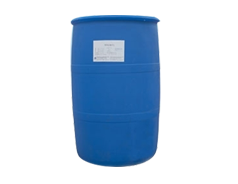The main film forming materials in emulsion coatings are usually polymer emulsions, synthetic resin emulsions prepared by emulsion polymerization, or emulsified polymer resin emulsions produced by post emulsification process, and emulsifiers play an important role in them. Emulsifier is one of the most important components in emulsion polymerization. It has a considerable influence on polymerization rate and molecular weight, the formation and structure of latex particles, and the properties of final polymer emulsion. The emulsifier is an indispensable component in the emulsion dispersion process of the resin, and directly affects the structure and stability of the emulsion polymer resin emulsion.

Many studies have shown that the wettability of alkyl glycoside surfactants has the following relationship with their structure:
1) Among all kinds of surfactant homologues, the wettability increases with the increase of carbon chain, but there is a high value.
2) The wettability of branched alkyl surfactants is better than that of straight alkyl surfactants.
3) The second hydrophilic group is introduced into the molecule, the wettability is reduced, and the wettability can be improved after esterification or amidation.
4) In ionic surfactants, the hydrophilic group in the center of the molecular chain has good wettability. The closer to the end of the molecule, the worse the wettability.
5) In nonionic surfactants, the wettability increases with the increase of EO number, but there is a limit value.
6) The hydrophilic lipophilic equilibrium value (HLB) of surfactants is related to wettability. If the HLB value is too low, it is suitable for emulsifier, if it is too high, it is suitable for detergent, and if it is in the middle, it is suitable for wetting agent. In addition, when selecting wetting agent and penetrant, it is also necessary to consider the effects of service temperature, pH, processing process characteristics and other factors.